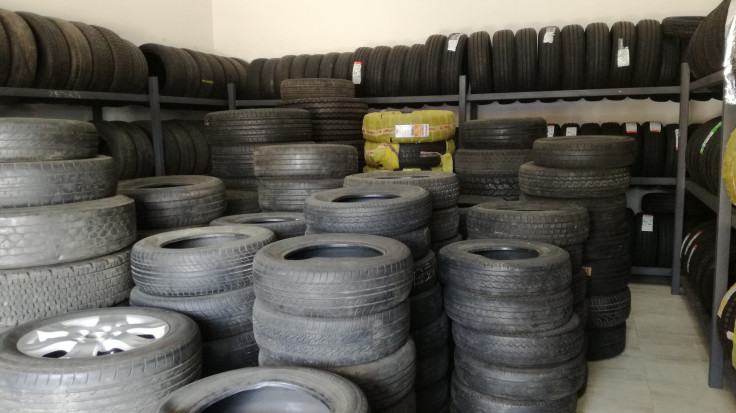Tyre dust is the mystery toxin behind mass deaths of coho salmon
A recent study by researchers from the UK also found microplastics deep in the lungs of living people.
After years of trying to understand what is causing the deaths of coho salmon in the streams of Puget Sound in Washington state, scientists have finally been able to identify the cause behind their mass deaths.
As per a study by researchers from Washington State University, a chemical called "6PPD-quinone" has been responsible for killing salmon in urban streams. The chemical is found in car tyre particles which is a ubiquitous pollutant. It is added to tyres to stop them from breaking down.
The size of starving coho salmon and the numbers of the fish have been shrinking so dramatically along the US Pacific Coast that scientists and researchers were forced to dedicate decades to find out what is causing it.
"When we tested the tyres, it killed all the fish," said Jenifer McIntyre, an assistant professor of aquatic toxicology at Washington State University.
Tyre particles are considered one of the most significant sources of microplastics in the ocean. A recent study by researchers from the UK found microplastics deep in the lungs of living people for the first time. The tiny particles were found in 11 of the 13 samples tested for the study.
Microplastics are tiny plastic particles up to 5 mm in diameter. These tiny particles have been found in the remotest regions of the Arctic and Antarctica down to the deep seafloor.
They are found in synthetic blankets, fleece, or shirts, and in beauty products such as skin cleansers and scrubs. Even some toothpaste variants contain these tiny particles.
A global model by the International Union for the Conservation of Nature found that tyre wear was the second largest source of primary microplastics in the ocean, per a report in The Guardian.
"Tyre wear is unique in that it can count as microplastic but it is also air pollution because it's so small. Anything that is 10 microns can be inhaled in our lungs and anything that is 2.5 microns has the potential to pass the membrane barrier," Siobhan Anderson, the co-founder and chief scientific officer of the Tyre Collective, told the publication.
A 2020 study revealed that people may be consuming plastics equivalent to the size of a credit card every week.
The scientists believe that if people continued consuming microplastic at the present rate, there would come a time that the threshold levels will exceed. When this happens, harm will not only fall upon the environment but also on humans.























